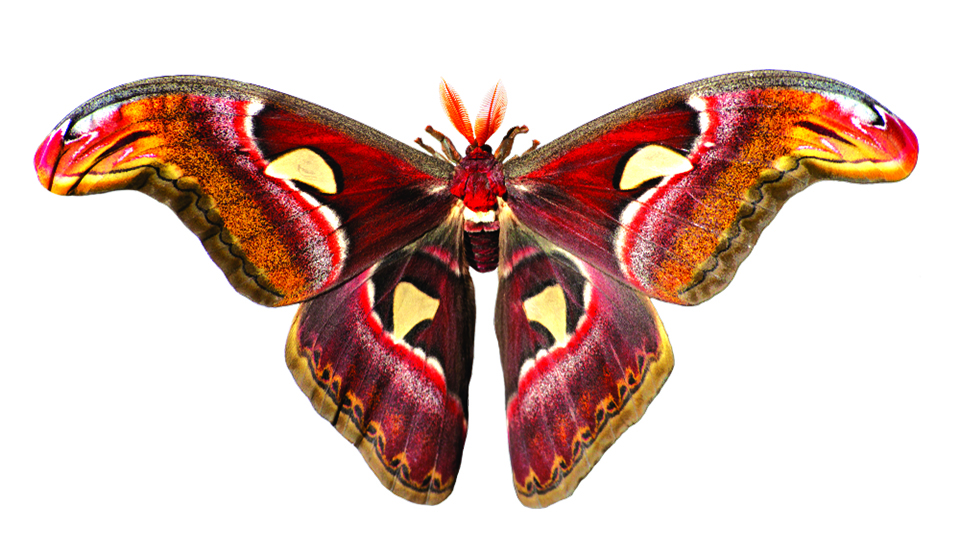
NO FICTION; JUST FACTS
Moths are regarded as having an air of myth and mystery about them – but that’s not what we’re here to talk about. Let’s have some facts about these creepy cousins of the beautiful butterflies.Moths have been seen as the not-so-nice cousins of butterflies; after all, they are associated with clothes having holes (which is probably more a function of the caterpillars), and even with cultural and mystical beliefs that make them, at worst, harbingers of death. But moths are just like any other animal, and there are some very fascinating facts about them that shine a light on just how unusual they really are.Here are ten facts about them.

1. THEY’RE ATTRACTED TO THE STRANGEST THINGS
Many people already know that moths are attracted to light at night. But did you know that they are also attracted to other forms of light?Moths tend to head towards black light (ultraviolet light) and mercury vapor lamps. They also seem to love fermented solutions that are a bit on the sweet side.If you want to a moth to go crazy like a bee with flowers, mash together bananas, sugar, and stale beer. You can put the mixture on a small bowl or brush the side of a tree or wall with it to see if moths get attracted, according to a 2019 article by Debbie Hadley on ThoughtCo.
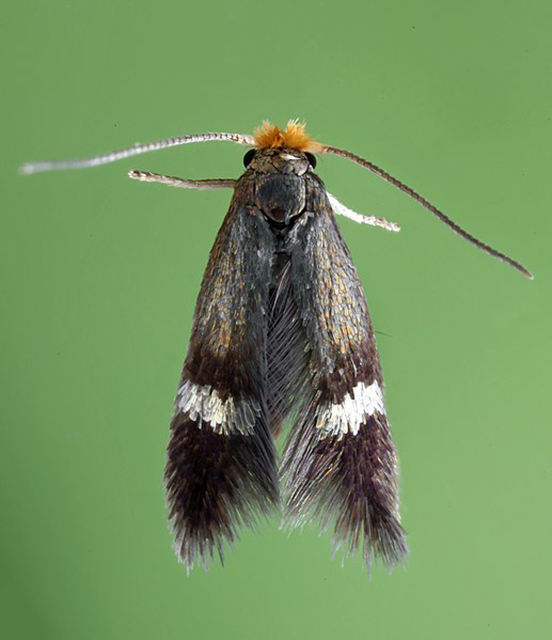
2. MOTHS COMEIN ALL SHAPES AND SIZES
For those who grew up in less hectic neighborhoods with a lot of greenery, chances are you’ve seen one of the largest moths in the world, the Attacus atlas or Atlas moth. These flapping monsters have wingspans that can go a little beyond 10 inches, wrote Jaymi Heimbuch in a 2020 piece for Treehugger.com.On the other side of the scale, Stigmella maya may be the smallest moth. Found in Mexico, these little guys have forewings that are just about 1.2 millimeters across.
3. MOTHS HAVE UNUSUAL ADAPTATIONS
Many moths have evolved in odd ways, thanks to evolution. For example, the Luna moth doesn’t eat. At all. It has no mouth, and whatever will tide them through until they find a mate will have to be in their body the moment they come out of the cocoon. They usually have enough stored for a week of life – just enough to mate and lay eggs, as written by Lindsey Konkel in a 2012 article for Live Science.

4. THERE ARE MORE SPECIES OF MOTHS THAN BUTTERFLIES
Although butterflies and moths come from the same order, Lepidoptera, 90% of the family are moths.Over 135,000 moth species have been discovered, and scientists suspect that there are at least 100,000 more that are still out there which have yet to be described – in fact, some think that there may well be about 500,000 moth species in all.

5. MOTHS ARE GOOD AT COPYING BOTH LIVING AND NON-LIVING THINGS
Moths are masters of mimicry. This is a form of camouflage, usually for protection against predators who may find moth meat to be a tasty treat.Various moths have evolved to look like praying mantises, tarantulas, wasps, and even bird droppings. One could say that many moths look like anything but a moth!
6. MOTHS ARE IMPORTANT POLLINATORS
Most people think that bees are the only pollinating insects in town, but that’s not true. Even though some moth species may be seen as agricultural pests because their caterpillar forms are just a little bit too hungry for leaves, many moth species are known for pollinating plants.This is due to the fact that they have hairy bodies, which allow for pollen to hitch a ride from one plant to the next. Flowers that rely on moths tend to be fragrant and white in color, which allows nocturnal moths to find the flowers at night. Still, there are some moths that pollinate by day.Inchordate

7. MOTHS CAN FLY AT NIGHT… AND DAY
Common knowledge has held that moths are nocturnal creatures, and indeed, most of them are. However, there are some moths who are highly active during the day, and due to some moths evolving to look like other insects, they’re really not noticed much.Some moth species have been mistaken for bees, butterflies, and hummingbirds. Some of the “daytime” species include clearwing moths, lichen moths, owlet moths, tiger moths, and wasp moths.
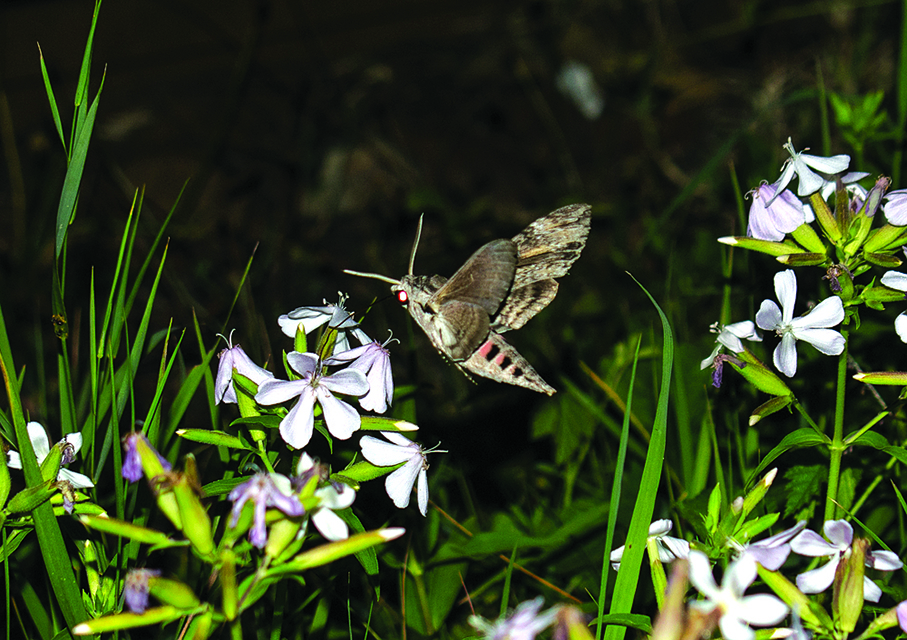
8. MOTHS ARE AN IMPORTANT PART OF THE ECOSYSTEM
If you think about it, there are a lot of moths – the biomass calculations would just be, well, big. That makes them prey to many animals, such as bats, birds, frogs, lizards, and other smaller animals. About 95% of nesting birds use insects as food for their young, and it’s estimated that moth caterpillars make up a big chunk of that.
9. MOTHS CAN BE TRICKSTERS
While moths are a viable food source for many animals, that doesn’t mean they’ve given up the fight. Aside from camouflaging themselves as something other than moths, some of them, for want of a better term, have “active” defense mechanisms.For example, some moths have markings that can surprise or distract predators – just enough for them to veer away and hopefully be out of the said predator’s strike zone. Tiger moths, on the other hand, are actually armed with a biological mechanism that produces ultrasonic clicking sounds, which are designed to mess up bat sonar.

10. MOTHS HAVE A GOOD SENSE OF SMELL
Finally, just because some moths don’t have mouths doesn’t mean they don’t have noses.Moths happen to have a really sharp sense of smell – and their antennae does the sniffing for them. The feathery appendages on their head can allow the males of the species to track a female one from miles away.
FACTOID 1
BUTTERFLIES AND MOTHS ARE THE SAME
While they actually belong to the same family,
Lepidoptera, they have several differences,
according to AustralianButterflies.com.
DAY AND NIGHT
Moths and butterflies tend to be active in different times. In general, moths tend to be active at night, while butterflies go around during the day.
WINGS AT REST
The most obvious visual difference is that butterflies have their wings at rest in a vertical or closed manner, while moths have their wings open or in a horizontal position.
ANTENNAE
Moths tend to have feathery antennae, while butterflies have longer ones that tend to be simple and bare, with a bit of a bulb-like shape at the end.
MATERIALS FORTHEIR PUPA FORM
When moth and butterfly caterpillars have to undergo the change to their adult forms, they both form pupas or protective shells. Butterfly pupas are usually hardened shells made of protein. Moth cocoons, on the other hand, are made of spun fiber. There are, of course, exceptions.
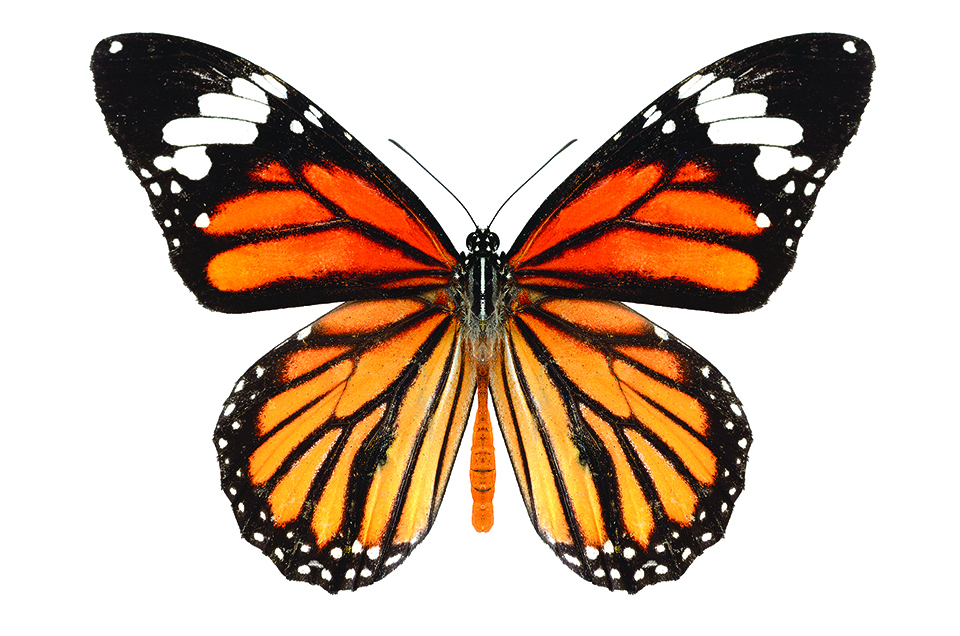
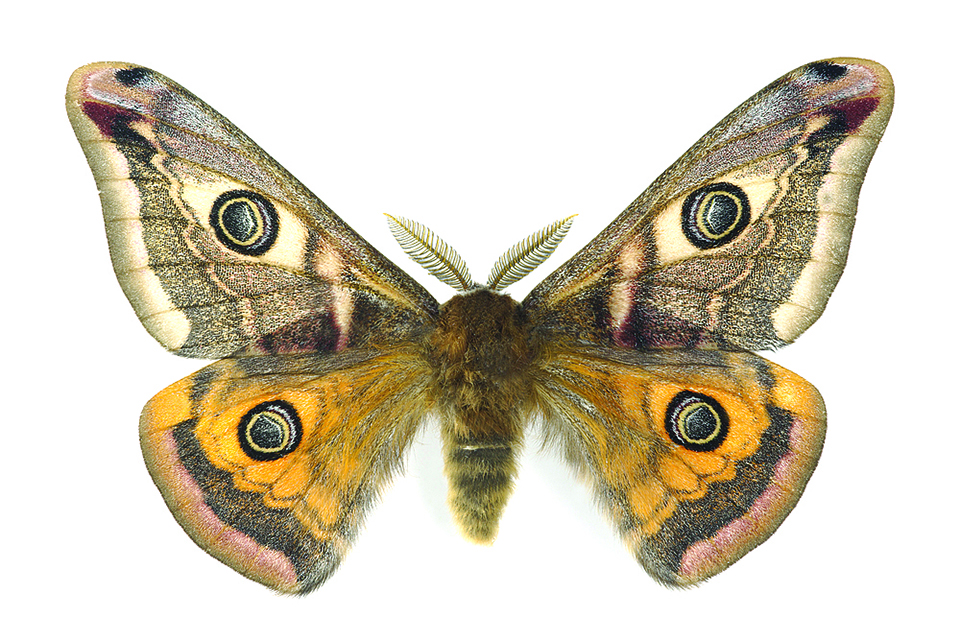
FACTOID 2
THE DEATH’S HEAD HAWK-MOTH
IS A SINISTER SYMBOL

Butterflies have often been linked to fairies; therefore, it makes a strange sort of sense that their more sinister-looking siblings have been chosen as symbols for witches and the dark arts.One kind of moth in particular is seen as the harbinger of death: Acherontia Atropos or the Death’s Head Hawk-Moth. These moths have actually earned their name because of the skull-like markings on their body. And as if they’re deadly serious about their reputation, the caterpillars tend to have deadly nightshade as their food source, according to Icy Sedgwick’s website. Death’s Head moths have always been known as omens of death and bad luck. More recently in pop culture, their appearance as an important detail in the movie Silence of the Lambs has revived the moths’ horrific reputation.





